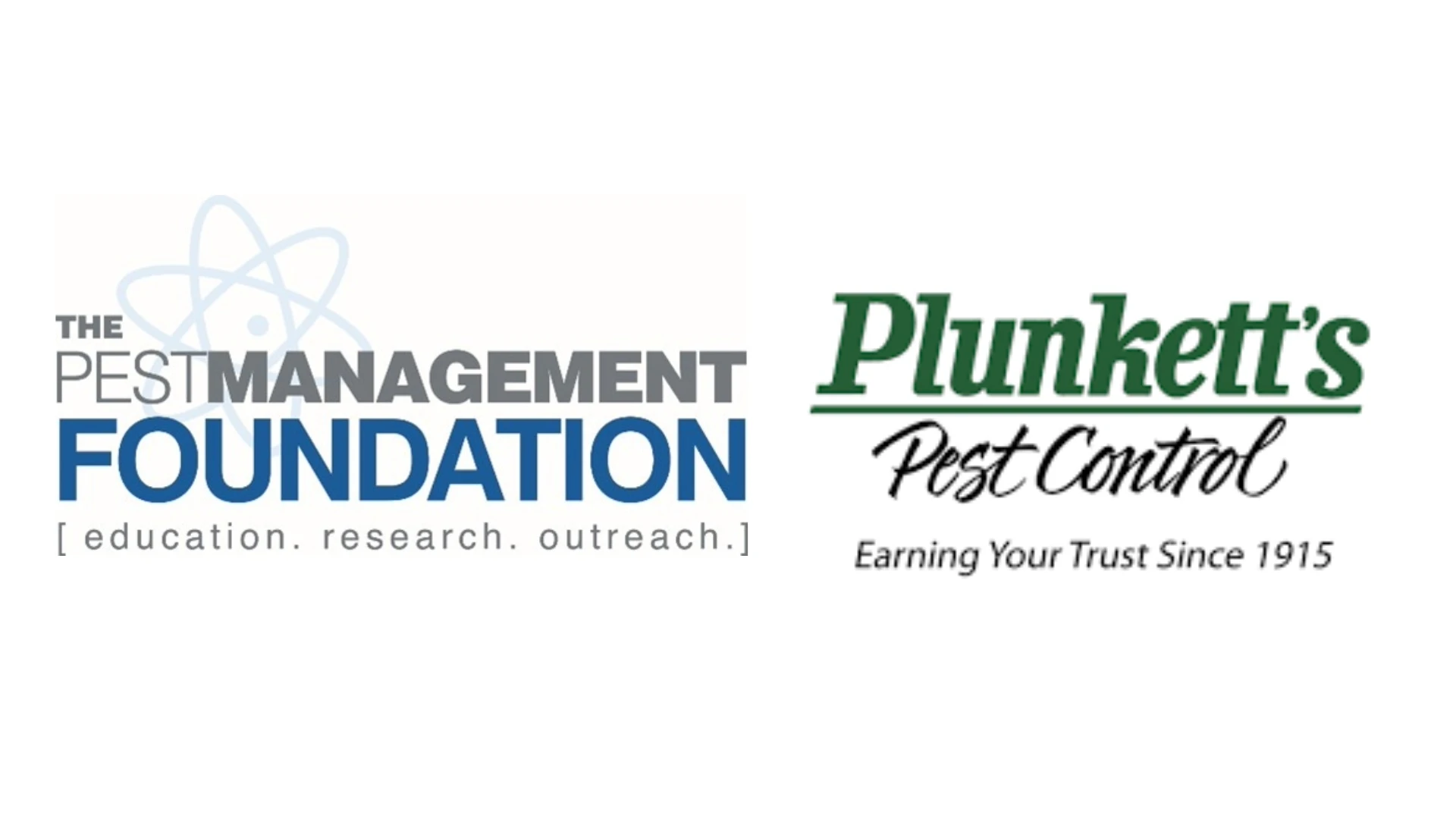Where a bait station, or more likely a group of stations, is located has a lot to do with a successful rodent-control effort. As a pest management professional, you need to know where the rats or mice are nesting, travelling and feeding. Bait station placement based on rodent behavior is critical to successful rodent control.
Here are some things to consider when choosing the best places to position bait stations:
- Place stations on runways where rodents are most likely to encounter them. For Norway rats this is usually on the ground and for roof rats this usually means up high. In targeting mice it means locating the station high, low and in between. The rodents usually will give you clues about where to place bait stations. Look for rub marks, gnawing, droppings, urine stains, trails through turf or insulation, and signs of feeding on stored food as well as edible plant matter, including fruit on or under a tree.
- Maintain an uninterrupted supply of rodenticide. Empty bait stations mean missed opportunities to kill more rodents.
- When two or more consecutive stations exhibit signs of feeding, add stations in between to make sure rodents are not nesting or getting into the structure between the active stations.
- Place bait stations where non-target animals such as raccoons, dogs and squirrels are least likely to interact with the stations.
- If you’re doing commercial rodent control around food facilities, become familiar with applicable National Pest Management Association (NPMA) and third-party sanitation audit guidelines and standards.
- Due to their fear of anything new in the living environment, Norway and roof rats may need coaxing to get them to enter stations the first time. To solve this, place a non-toxic food attractant just inside both entries. Consider peanut butter, fish or liver-flavored cat food, apple slices, bread or candy.
- Space outdoor placements closely to intercept rodents coming from likely harborages such as infested buildings next door or dense vegetation. Space them further apart where rodent pressure is likely to be light such as along large paved areas. Also, look for a station with well-placed drain holes for fast, efficient water removal. Flooding can damage the rodenticide.
- Sanded bait-station bottoms increase the surface area that will accept adhesive, which increases the holding power needed to glue a station to a concrete paver. Recent Liphatech tests have shown that PL 200 and PL 500 brands provide superior holding power vs. other liquid adhesives.
- Don’t clean stations too much. Scents from previous visitors encourage new visitors to enter and feed.
- Rodents have a phenomenal sense of taste. Be very careful not to contaminate rodenticides with bad-tasting chemicals that may be on hands, including gasoline and nicotine. Do not spray insecticide on the bait. Certain insecticides (such as some pyrethroids) may inhibit feeding even if they are only sprayed in the stations on the floor.
- Rodent populations and account structures change, so keep this in mind when choosing a method to anchor bait stations. They should be relatively easy to relocate to respond to situation changes. To be completely tamper resistant, a bait station should be anchored against movement by children under age six, pets and wildlife.
- Keep in mind that although black has become an industry standard color for bait stations, the stations for your job may blend better with surroundings if colored gray, green, brown or white.
FINAL THOUGHTS. Finally, don’t become just a bait station and trap "operator." Look for signs of rodent activity throughout the account and then take the fight to them. Be creative, safe, persistent and law abiding in your battle against rodent pests.
The author is technical support manager, Liphatech, Milwaukee, Wis.

Explore the August 2010 Issue
Check out more from this issue and find your next story to read.
Latest from Pest Control Technology
- Insects Limited Announces Leadership Changes, Promotions for Continued Growth
- Rockwell Labs Adds Gill as Mid-Atlantic Region Technical Sales Representative
- OvoControl Now Registered Internationally for Use in the UAE
- Cindy Jones Becomes First Woman President of CPCO of Georgia
- How Fast Can Infestations Grow?
- NPMA to Host Spotlight Series on Critical Rodenticide Regulations
- Cetane Associates Promotes McCauley to Director of Marketing
- Bobby Corrigan Named the 2024 Crown Lifetime Achievement Award Recipient





